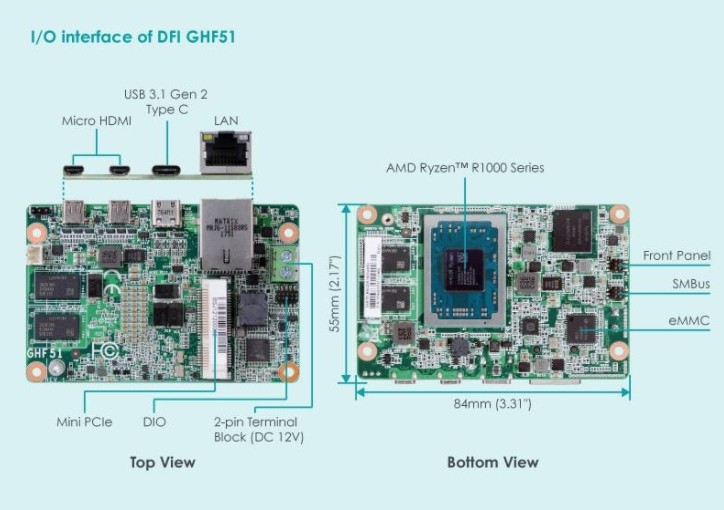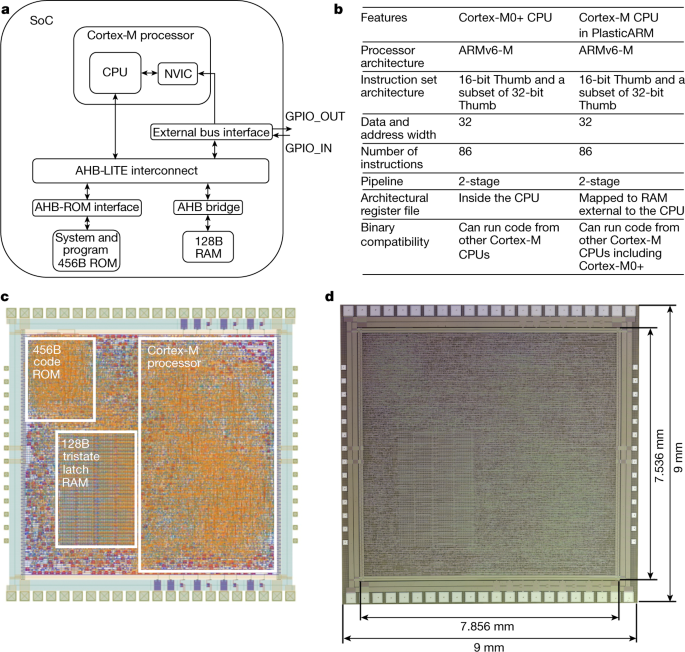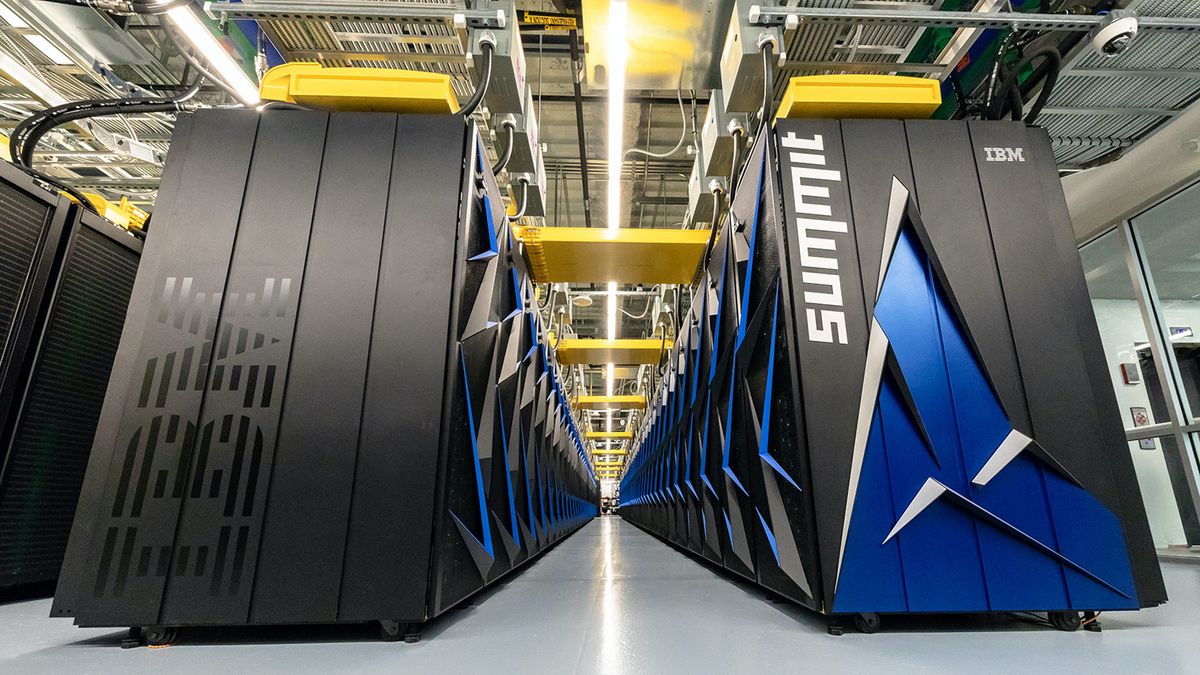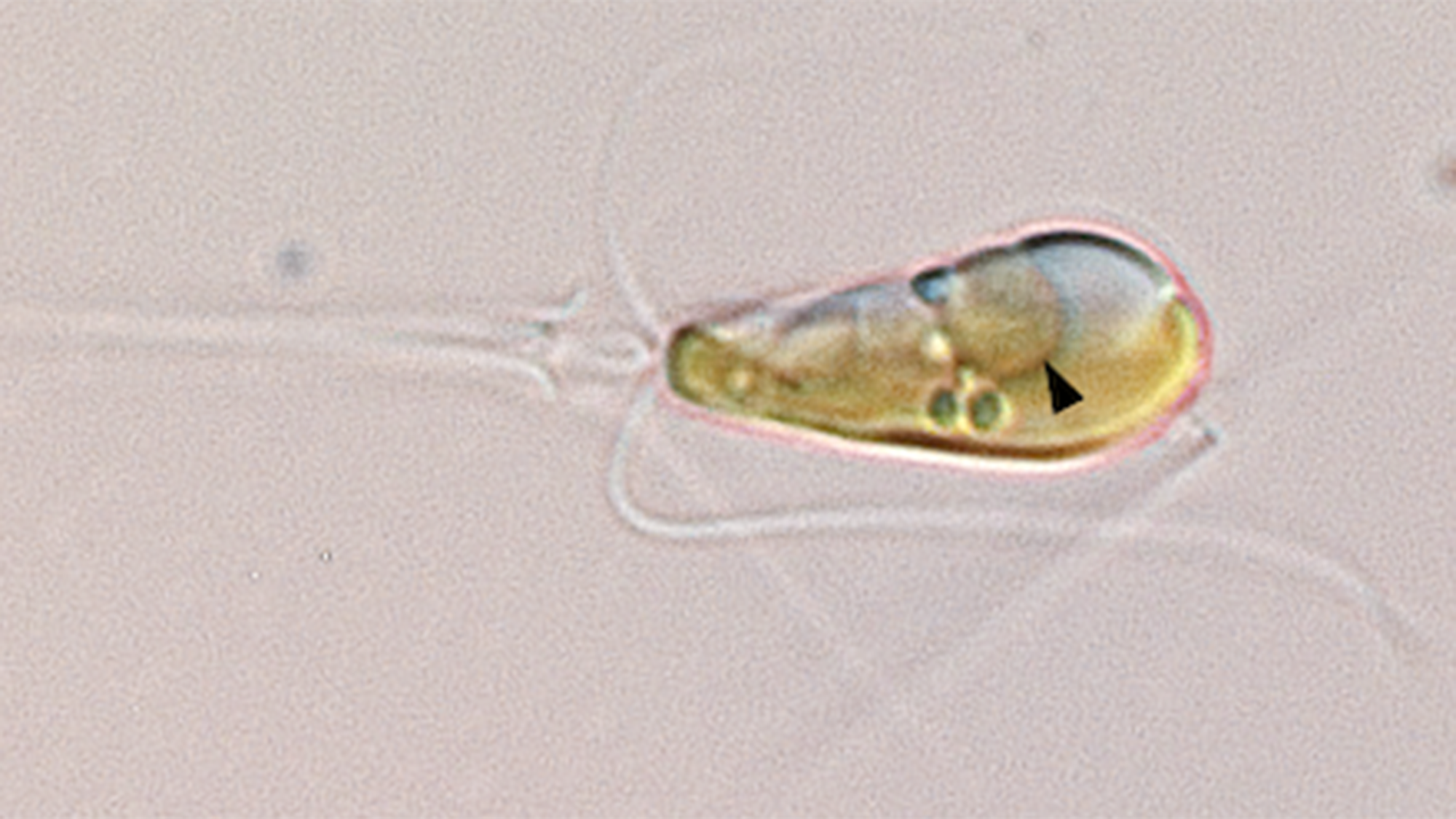
Embedded Computing Design
One might say that Arduino boards have been critical to today’s freedom of electronic experimentation, allowing normal people to make all manner of custom devices.
For me, the Arduino Nano in particular has become a sort of go-to board for basic tasks. It’s small, easy to program, dependable, and cheap enough that if I loose or destroy one it’s not a big deal.
On the other hand, when you want to use one to do just a few simple things, there are almost always two issues that you run into: lack of ground pins, and lack of 5V and/or 3.3V pins. Per Adafruit’s Überguide, if you’re using NeoPixel style LEDs, you probably also neglected to add in a capacitor. Shame, shame.
Coming from an industrial background, another thing that I’d be happy to see is the use of screw terminals for securing wires. And why not throw in DIN rail support while we’re at it? While I wouldn’t trust a Nano to run expensive factory automation, there are plenty of times when this style of attachment could be useful.
Fortunately, with my newfound skills in PCB design developed over the last year or so, I could make a board to solve these issues!


















/cdn.vox-cdn.com/uploads/chorus_asset/file/25330660/STK414_AI_CHATBOT_H.jpg)
